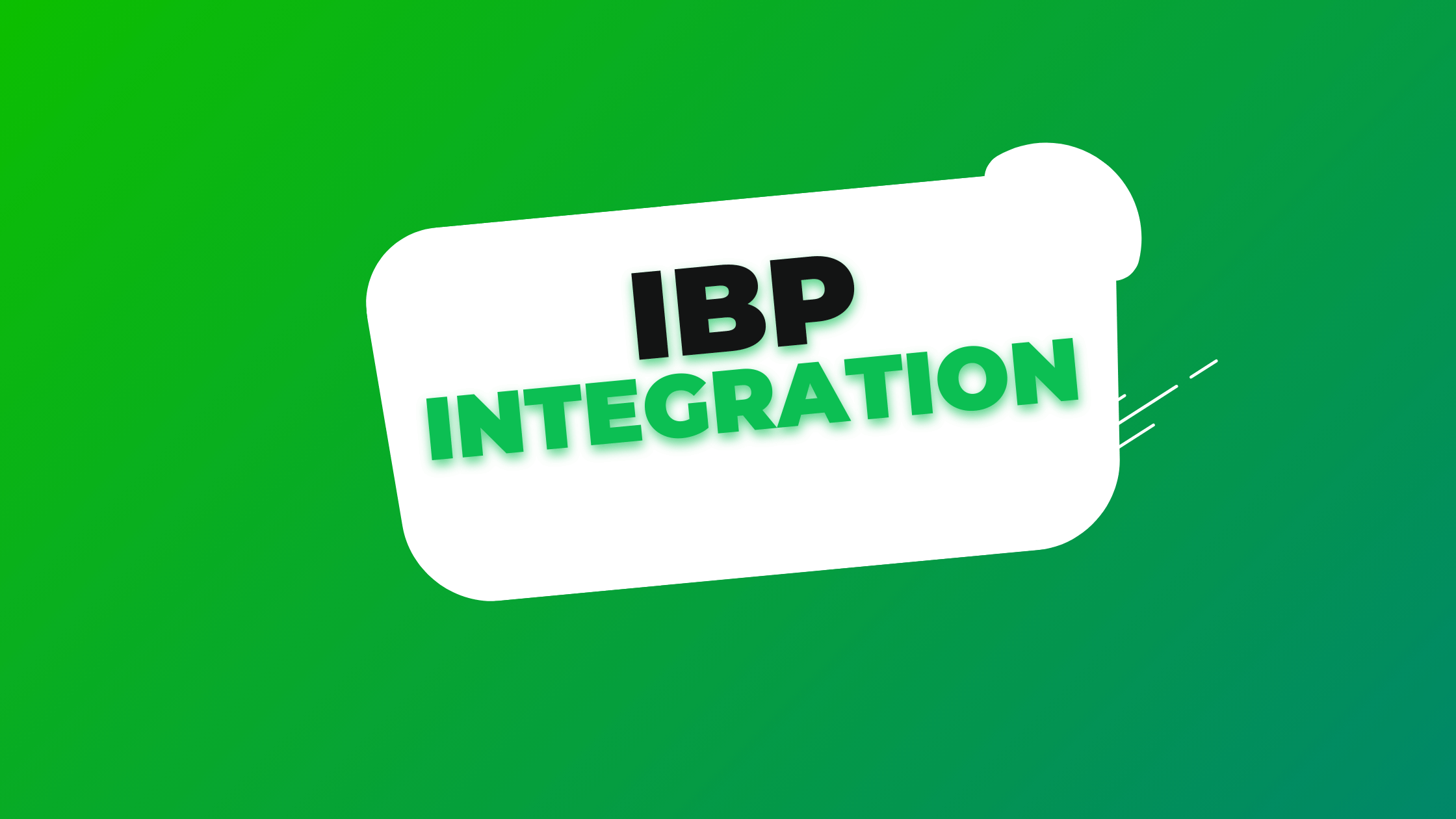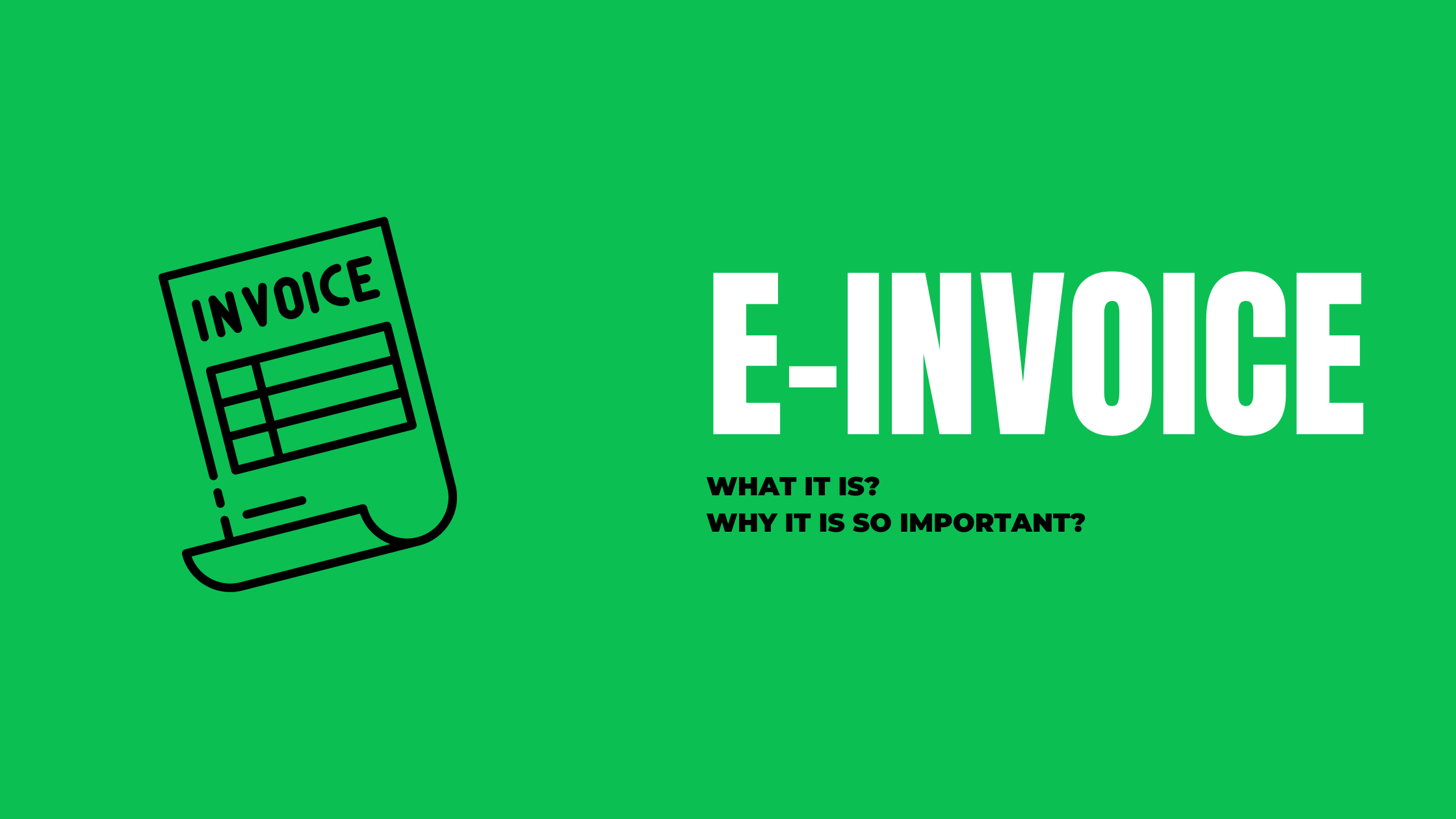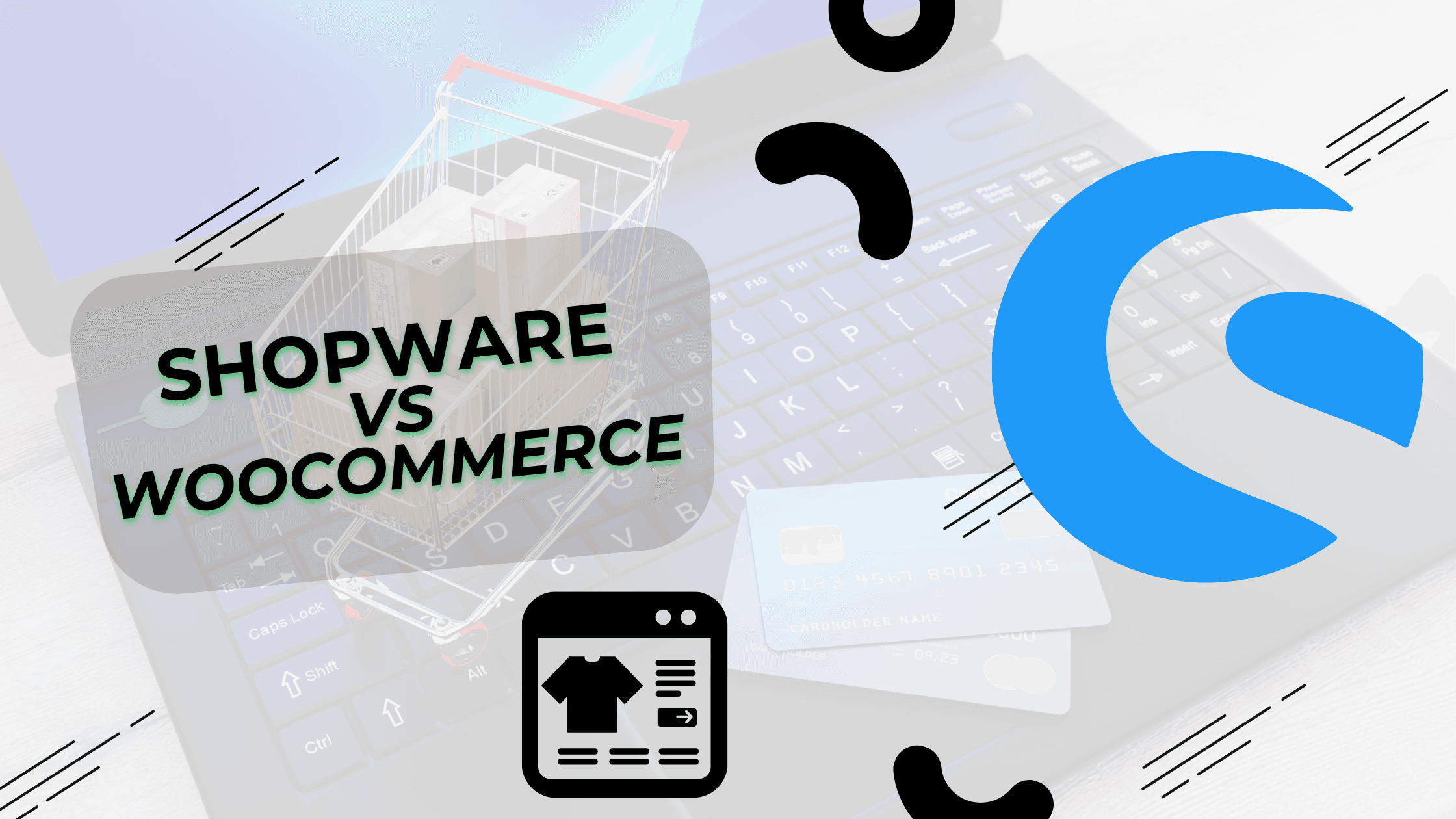SAP IBP Integration: What It Is and Why It Matters
In today’s fast-paced business environment, efficient supply chain management is crucial for success. SAP Integrated Business Planning (IBP) has emerged as a powerful tool to streamline and optimize supply chain processes. But what exactly is SAP IBP integration, and how can it benefit your business? Let’s dive into this topic and explore the key features and benefits of this innovative solution.
Understanding SAP IBP
SAP Integrated Business Planning is a cloud-based supply chain planning and execution platform that helps businesses optimize their supply chain processes. It combines various aspects of supply chain management, including demand planning, supply planning, inventory optimization, and sales and operations planning (S&OP) into a single, integrated system.
Key Features of SAP IBP
SAP IBP offers a range of features designed to enhance supply chain efficiency:
- Real-time Integration: SAP IBP provides real-time integration with other SAP and non-SAP systems, ensuring that data is always up-to-date and accurate.
- Demand Planning: The system uses advanced algorithms and machine learning to forecast demand accurately, helping businesses better anticipate customer needs.
- Supply Chain Optimization: SAP IBP helps optimize inventory levels, production schedules, and distribution networks to improve overall supply chain performance.
- Collaborative Planning: The platform enables cross-functional collaboration, allowing different departments to work together seamlessly in the planning process.
- Advanced Analytics: SAP IBP offers powerful analytics and reporting capabilities, providing insights that can drive better decision-making.
What is SAP IBP Integration?
SAP IBP integration refers to the process of connecting SAP IBP with other systems and data sources within an organization. This integration is crucial for ensuring that the supply chain planning process is based on accurate, up-to-date information from across the business.
Types of SAP IBP Integration
There are several types of integration that can be implemented with SAP IBP:
- Data Integration: This involves bringing data from various sources into SAP IBP. This can include master data (such as product information) and transactional data (like sales orders or inventory levels).
- Process Integration: This type of integration ensures that SAP IBP is aligned with other business processes, such as order fulfillment or production planning.
- Application Integration: This involves connecting SAP IBP with other software applications used in the business, such as ERP systems or customer relationship management (CRM) tools.
Benefits of SAP IBP Integration
Implementing SAP IBP integration can bring numerous benefits to an organization:
- Improved Data Accuracy: By integrating data from various sources, SAP IBP ensures that planning is based on the most accurate and up-to-date information available.
- Enhanced Visibility: Integration provides a holistic view of the supply chain, enabling better decision-making and risk management.
- Increased Efficiency: Automated data flows and integrated processes reduce manual work and minimize errors.
- Better Demand Forecasting: With access to real-time data from across the organization, demand planning becomes more accurate and responsive.
- Optimized Inventory Management: Integration helps balance inventory levels, reducing costs while ensuring product availability.
- Improved Customer Service: By aligning supply with demand more effectively, businesses can better meet customer expectations and improve service levels.
Implementing SAP IBP Integration
Implementing SAP IBP integration requires careful planning and execution. Here are some key steps in the process:
- Assess Current State: Evaluate your existing systems and processes to identify integration needs and potential challenges.
- Define Integration Scope: Determine which systems and data sources need to be integrated with SAP IBP.
- Choose Integration Method: SAP offers various integration tools, such as SAP Cloud Platform Integration and Smart Data Integration (SDI). Select the most appropriate method for your needs.
- Data Mapping and Transformation: Define how data will be mapped between systems and transformed as needed.
- Testing and Validation: Thoroughly test the integration to ensure data accuracy and system performance.
- Training and Change Management: Prepare your team for the new integrated system and processes.
Conclusion
SAP IBP integration is a powerful tool for optimizing supply chain management. By connecting SAP IBP with other systems and data sources, businesses can achieve greater visibility, accuracy, and efficiency in their supply chain planning processes. While implementation can be complex, the benefits of a well-integrated SAP IBP system can be transformative for your supply chain operations.
As you consider implementing or enhancing your SAP IBP integration, remember that success often depends on having the right expertise and support. Whether you’re looking to optimize your existing integration or embark on a new implementation project, partnering with experienced professionals can help ensure a smooth and successful integration process.












